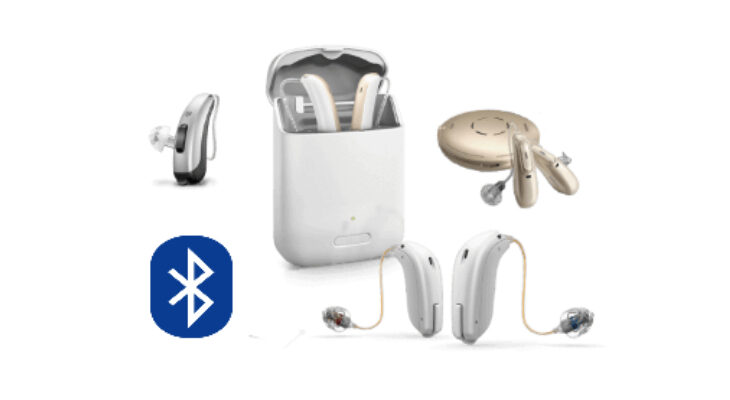
Hearing Aids: Allowing You To Hear With Ease
Key Components Of A Hearing Aid Gone are the days when hearing aids were made from analog electronics. The devices that are available today are small, discrete and a true work …
Key Components Of A Hearing Aid
Gone are the days when hearing aids were made from analog electronics. The devices that are available today are small, discrete and a true work of art. Encompassing tiny parts, hearing aids are like miniature computers.
But regardless of their make, size and style, all hearing aids have four basic components:
- Microphone
- Amplifier
- Receiver
- Battery
As the key components of the hearing aid, each one has a specific role to play in the functioning of the device.
Here is a breakdown of how each component works:
- Microphone
The microphone is the most important part of the hearing aid. It picks up sounds from the surrounding environment and converts them into electric signals that can be differentiated by the processor.
Microphones come in two forms: Omnidirectional and Directional
Omnidirectional microphones are just what their name suggests-they pick up sounds from all around the person. Most hearing aids are equipped with both microphones for better results.
Directional microphones pick up sounds that occur in front of the wearer, thus enabling the person to listen to conversations with clarity.
- Amplifier
The amplifier or processor increases the power of the signals that are picked up by the microphone. The electric signals are converted into digital signals that are modified by specialized filters and equalizers.
- Battery
The battery is the main power source for the device. A fully charged battery can last from 5 days to 2 weeks. The charge also depends on how long the device is used, battery size, complexity of the user’s environment, and hours of usage.
- Receiver
The receiver or the speaker creates an enhanced sound wave by converting the signals sent from the processor to audible sounds. These sounds are then sent to the user’s ears.
Additional Parts Of A Hearing Aid

Apart from the four main components, hearing aids come with additional parts that are decided by the price, the make, style, user’s needs, and the doctor’s prescription. Each part is cleverly designed to serve a particular purpose to enhance the experience of using a hearing aid.
Let’s explore what the other parts are:
- The Ear Hook
The ear hook is a convenient plastic attachment that allows the device to loop over the ear lobe and stay in place. Ear hooks are found only in BTE or Behind The Ear devices.
- The Vent
All customized hearing aids have a vent that is fitted to allow the free flow of air to prevent infections inside the ear.
- Wax Guard
The wax guard is a vital part that holds the collected ear wax and prevents it from clogging the device.
- Volume control
This option allows the user to control the level of sound by using a switch or button. Some hearing aid brands have their own apps that allow the user to control the volume from his or her own smartphone.
- Memory Control
Memory control is not an aspect that is available on all devices. Some devices come with pre-programmed memories that the user can switch to suit the given environment. Memory control is also available on apps.
Investing In A Hearing Aid? Do This First
Now that we’ve cleared the air about “how do hearing aids work” , it is time to explore some important points before deciding to buy a hearing aid.
- Have a thorough check up with your doctor to rule out any reasons that can be rectified with medicines.
- Your hearing ability should be assessed by a reputed audiologist who will help you choose the right device as per your requirements.
- Avail the hearing aid for a trial period and test if it is suitable for you.
- Do not believe misleading claims that goad you into buying the product.
- The better and more sophisticated the device, the costlier it is. So, choose wisely.
Read More About : Hearing Aid: A Few Things You Should Know
















